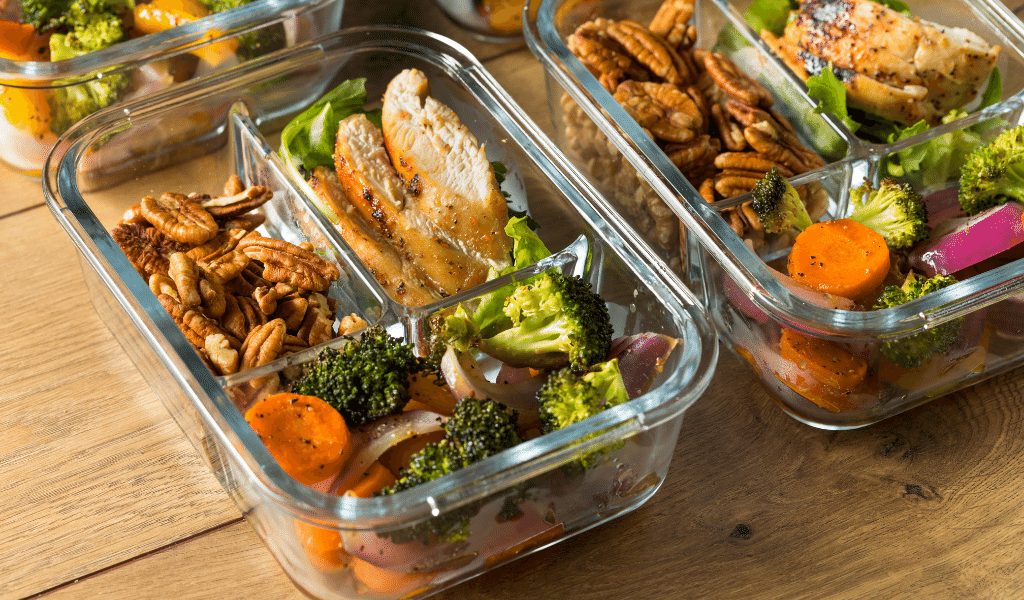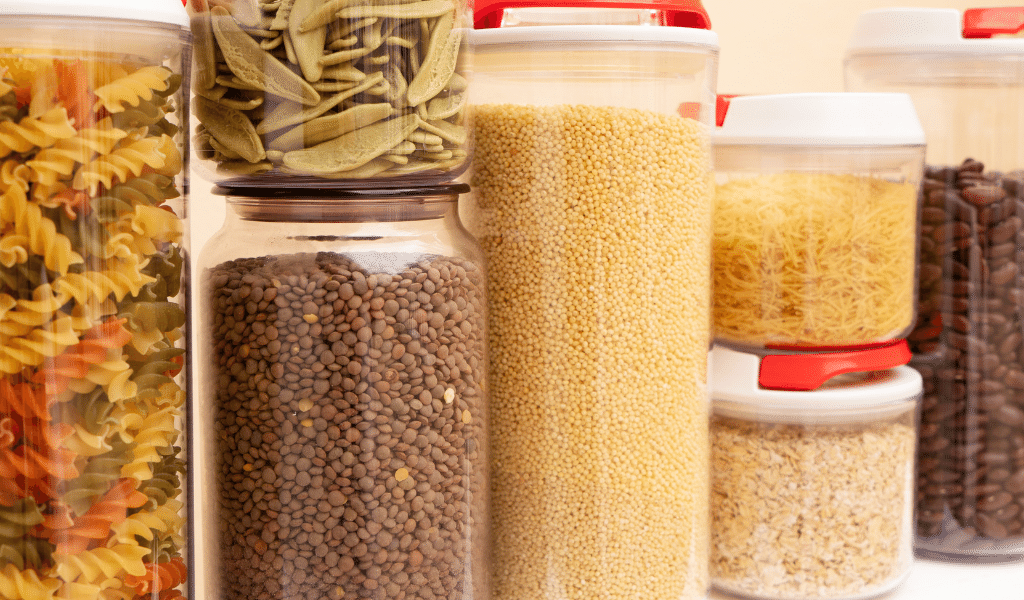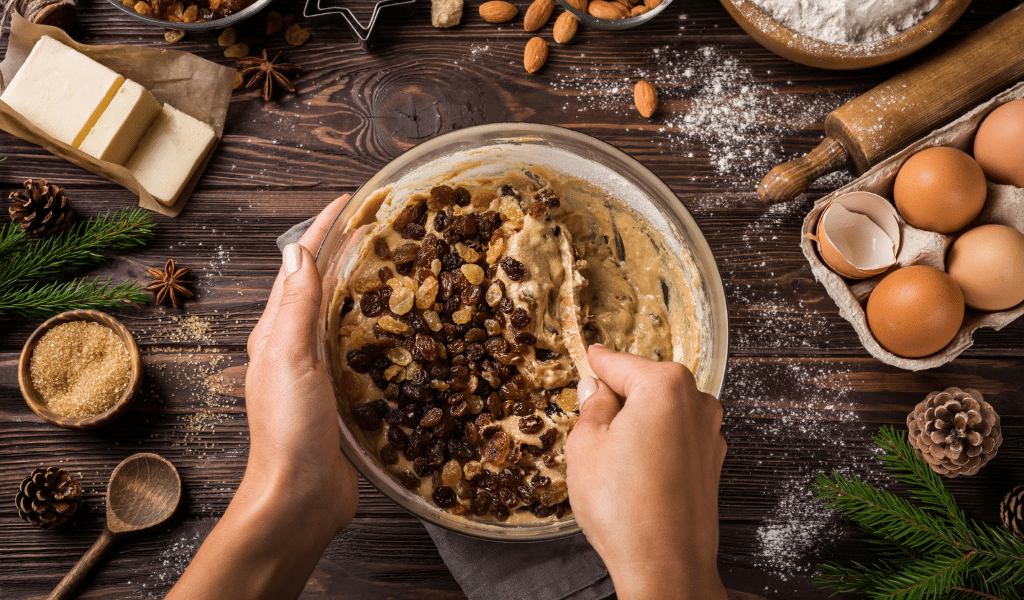We all know that children need to eat a healthy, balanced diet. This includes five portions of fruit and veg a day, carbohydrates, protein, fats and dairy. With this in mind, nutritionist Sarah Scotland explores the most painless, simple and economical ways to meet this goal and gives her top tips on eating healthily…

Check how much food you already have and only buy what you need. This can make a big difference when it comes to cutting costs and reducing the amount of food you throw out.
Keep a list of which meals are popular. If you find that certain meals are not popular, take them off the menu. This will make it easier to plan.
Plan meals so that ingredients and things you make can be used for other meals later in the week. For example, spare pasta from one meal can be turned into a pasta salad later in the week. Leftover vegetables can be used to make a sauce for another meal.
Think about your staples cupboard. Keep stocked up on rice, pasta, tinned tomatoes, chickpeas, lentils, flour, and sweetcorn. This way, you’ll always have something to cook with. You can buy these as value brands to cut costs.

The average household throws away £60 of food a month. How do you think yours compares? By making some really simple changes you can save money and reduce the amount of food that goes in the bin.
How many plates are scraped into the bin? To understand how much food is being thrown away, fill a separate bin/bag/bowl with meal waste. Keep a note of how much food is wasted for a week. You might be surprised!
Let children help themselves at mealtimes. Not only is it far more economical but the children will choose how much of a certain food that they would like. Children’s appetites vary from day to day.

A hand is a really good guide of how big a portion size is, especially as hands grow as children grow!
It is difficult to get the portions right every day. There will be times when children are sick and have no appetite, there will be times when they are hungry and want seconds. However, if each child gets the correct portion size, this will help save waste.
Here are some ideas for fruit that has lost its appeal but is still fine to eat can be used:

Similarly for vegetables that are past their best:
Be careful how food is stored:
Learn more from Sarah about how to support children’s nutrition, re-watch Kinderly’s webinar on the same topic.
Sarah Scotland is a Community Nutritionist with a BSc in Nutrition, Exercise and Health. Through her community interest company Wise About Food, she works closely with schools, local councils and primary care networks to help people develop confidence and skills with nutrition and cooking.